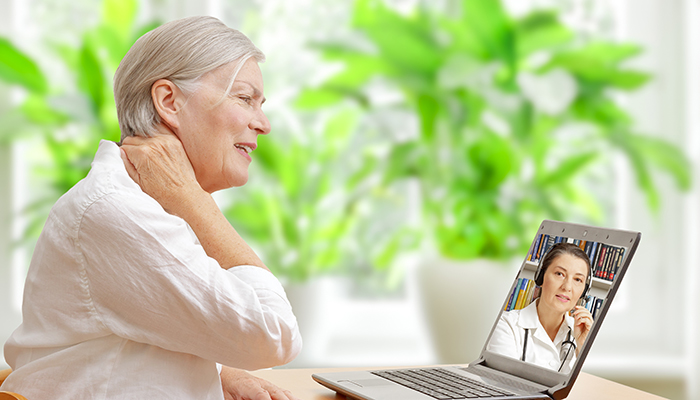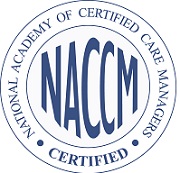
Video visits with doctors are one of the changes put in place during the pandemic that will likely carry forward even after COVID is long in our rearview mirror. While not appropriate for all conditions, it is a convenient new option for care. Here’s how to prepare:
Confirm that your insurance will cover telemedicine. Medicare has relaxed its rules to allow broader use of video visits. Ask about copays for telehealth. Some are being waived.
Ask the doctor’s office about required technology. Describe the devices you have. A smartphone, tablet, or laptop is best.
- You may need to download an app or establish an account at a particular website.
- For video, you need a strong broadband Internet connection. (If you “livestream” movies from services such as Netflix or Prime, you have a broadband connection.)
- Make sure your devices are fully charged and that your camera and microphone work. You may ask to practice with the doctor’s support staff. You won’t be the first patient to be new to this! And they would much rather you were prepared beforehand than have technology problems derail precious minutes of your doctor’s visit.
- Consider headphones or earbuds. Not only will this improve the audio, but it will also provide more privacy in terms of others overhearing what the doctor says.
Pick a location that is private and well lit. You want few distractions. No background talking or television noise. Although a closet or laundry room might fit the bill, make sure the lighting is good enough that the doctor can see you easily as you point to different parts of your body.
Take photos of any visible symptoms. Some conditions, such as a skin rash, are best handled by sending a photo to the doctor ahead of time.
Have your medical devices handy. The doctor may ask you to weigh yourself or take your temperature, your blood pressure, or a glucose reading. You may even want to do this before the appointment to free up time during the visit for your questions.
Write down your symptoms and questions. And have extra paper handy for jotting notes about what the doctor says.
Looking for better ways to communicate with your doctor?
Let us help. Give us a call at 401-360-2577.




